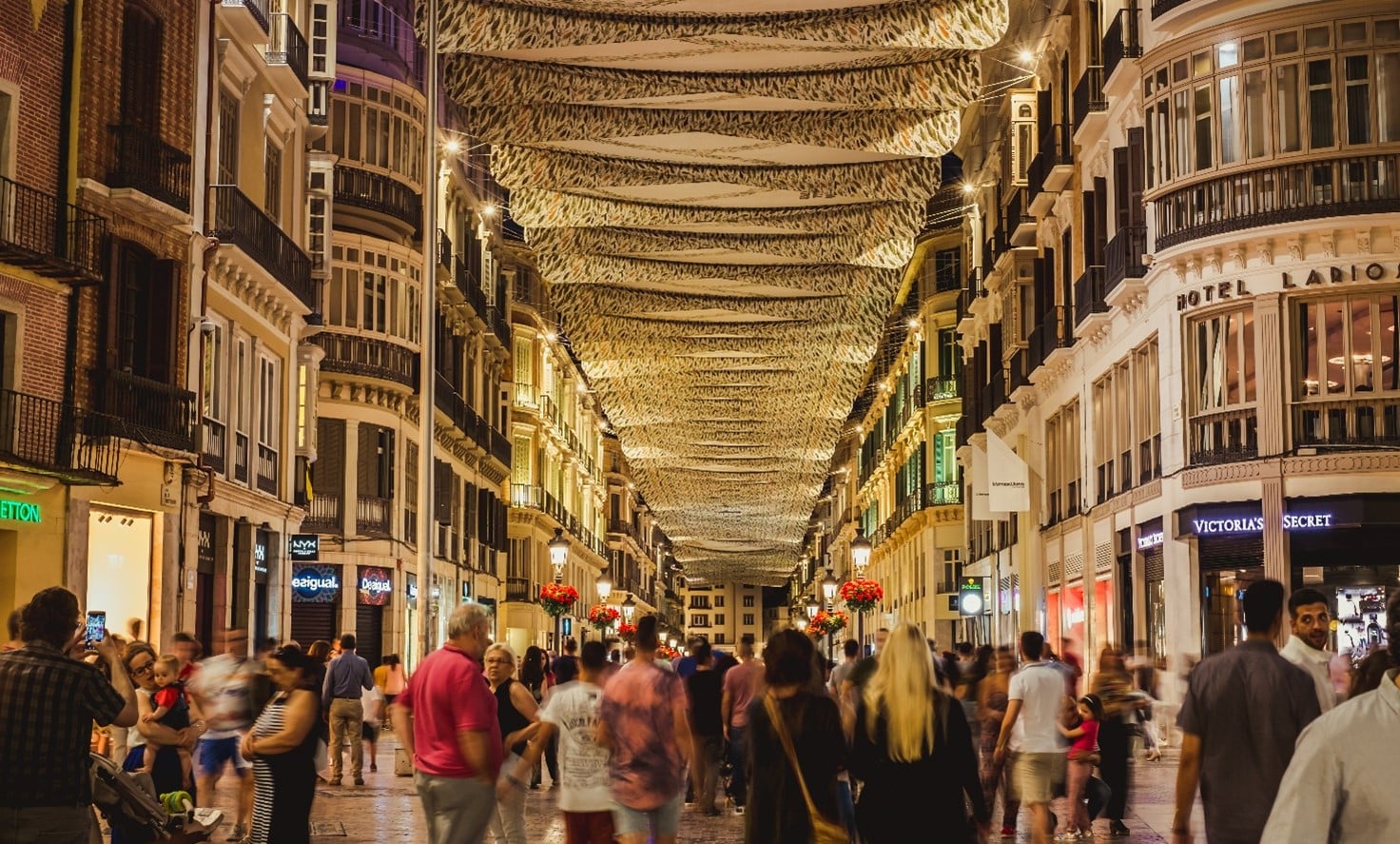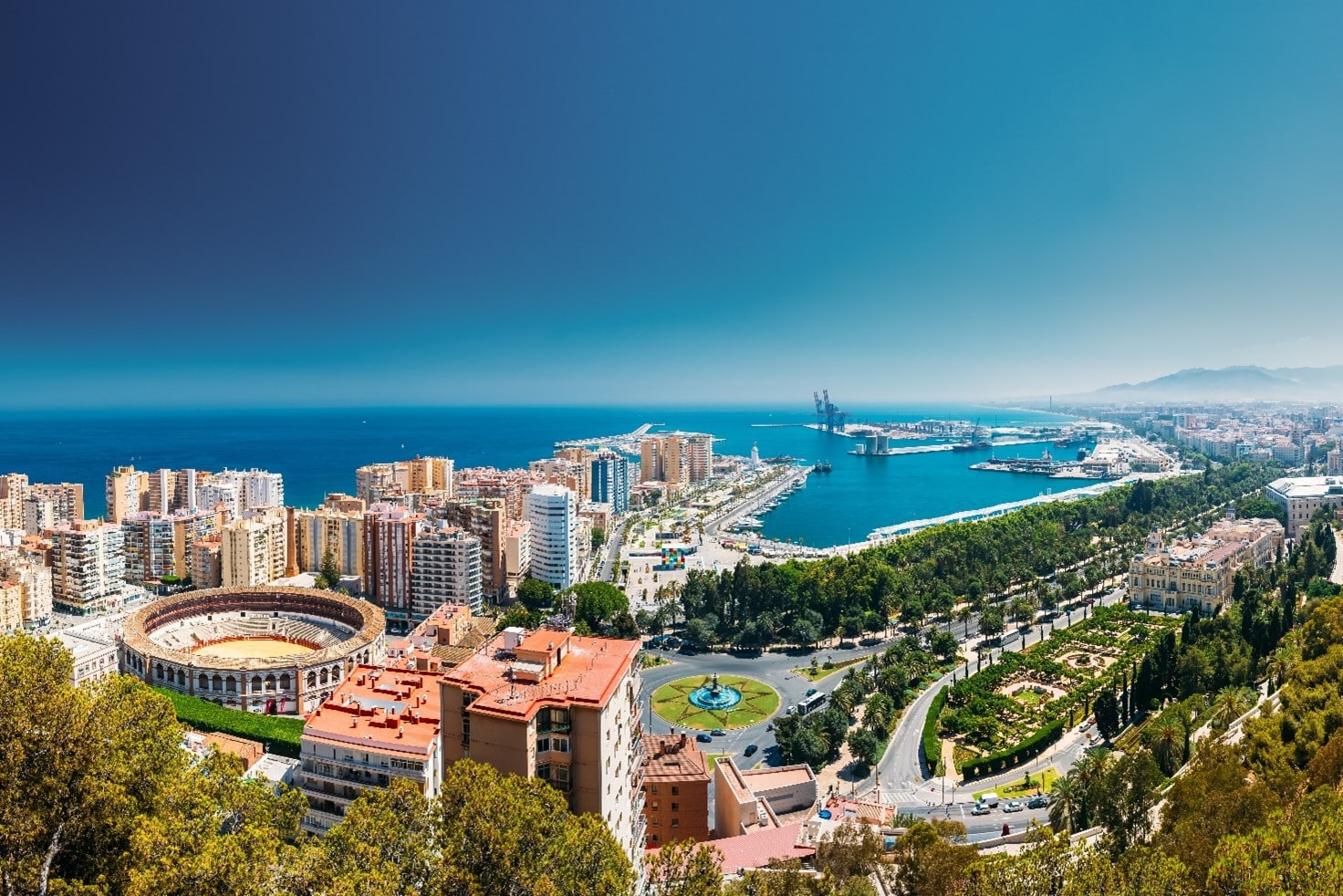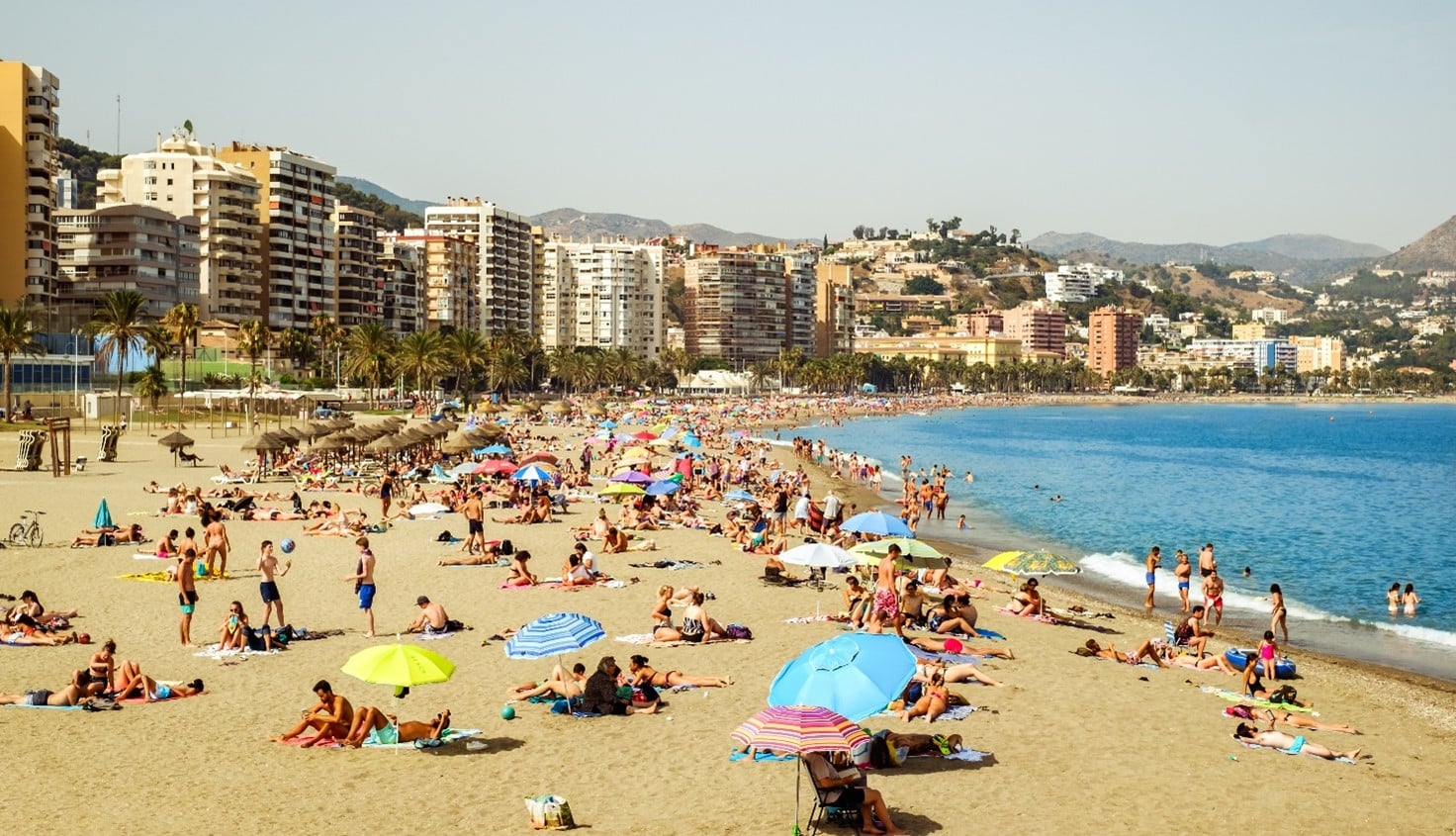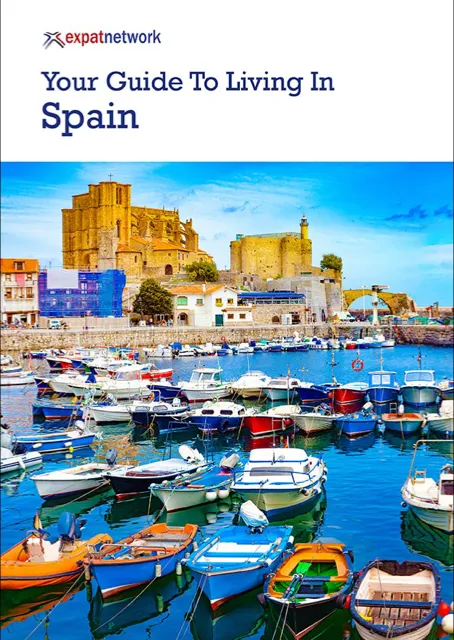Getting To Know Malaga The City. Part 2 – The Experience

Festivals & Local Fairs
Apart from all the notable monuments, churches, castles and other places to visit in Malaga, one of the most cultural events to occur each year happens in Semana Santa (the holy week).
Many devotees including tourists line the streets until late at night to watch the religious brotherhoods pay tribute to the Passion of Jesus Christ by parading elaborately decorated statues of the Virgin Mary and Jesus marking the Easter story in this primarily Catholic region of Spain.
The Malaga Feria is another big event each year and lasts a week where the streets are full from the 15th of August where celebrations are divided into two areas: the centre of Malaga during the day, and the fairground on the outskirts of the city in the evening until the early hours of the morning, with amusement arcades and fairground rides aplenty and ‘Caseta’ fair huts that offer a wide variety of music including live flamenco shows.
Shopping
Muelle Uno is not your average shopping complex being located in the port area. The complex offers a variety of shops that line the inner perimeter of the berths and boats on show.
This waterfront open-air mall offers a contemporary shopping and dining experience by the sea and boasts an impressive array of shops, with over 30 outlets selling everything from clothes, shoes and accessories, to cosmetics, handmade jewellery and home furnishings.
Calle Los Larios is one of the prime areas for shopping with much of the adjacent streets pedestrianised so the crowds can soak in the surroundings and peruse shop windows undeterred.

Malaga Football Club has an excellent stadium from its days in La Liga but currently apply their trade in the second division from their ground ‘La Rosaleda’.
The club is based on the riverbanks of the Guadalmedina river that ends in the Malaga Port and is walking distance from the Old town.
The Bullring or `Plaza de Toros’ in Malaga is named ‘La Malagueta’ and was built in 1874wth the first fight taking place in June 1876. A century later in 1976 the site was declared an Historic Artistic Monument, and in 1981, it was declared an Official Site of Cultural Interest.
Currently privately owned by a former president of Málaga Football Club and seats 14,000 people, measuring 52m in diameter. It has four corrals, stables for the horses, a ménage for training the horses, with its own museum celebrating the history of the site.
The bullfighting season does still run from April to September every year, with other events held there during Semana Santa, and the Málaga’s August Feria.

Food & Drink With the banks of the city sitting on the edge of the Mediterranean Sea the food here is quite exceptional with a variety of fresh seafood and fish dishes on offer.
From simple tapas to fine dining the city caters for all requirements and the region is synonymous with good wine and sherries as part of the Andalucian culture which features heavily when dining out.
There are even private food tours through the city to help newcomers find their way off from the tourists track for more authentic Spanish dishes and tastes where wine also features strongly.
Nightlife in the City Centre
After the sun goes down, you can continue to enjoy what the city has to offer. From a quiet tapas bar to a raving club where you can dance all night. The city has many discos to choose from for the chance to create many memorable moments. The nightlife in Malaga takes place in various areas.
The three most popular spots are:
Plaza Uncibay with the surroundings of the Cathedral and square. The style is more of bars and pubs that aren’t exactly next to each other, but definitely within a short walking distance from one another.
La Malagueta for a modern atmosphere, with plenty of bars, pubs and discos amongst which you’ll find the most exclusive places in Malaga.
El Palo and Pedregalejo are more cosmopolitan area due to the presence of nationalities with a wide range of places to have a great time especially the beach bars.
City Centre Beaches
The sandy beaches of Malaga city span nearly 15 km and have many blue flags awarded by the European Union, guaranteeing their quality.
Here’s a brief summary of the most popular beaches in Malaga:
El Palo – accessed from the promenade. Family friendly with sunbeds and parasols available to hire. A popular beach for diving and fishing.
Las Acacias – El Pedregalejo – This beach is clean and family friendly. It is a Blue Flag beach. Hire of sunbeds and parasols plus a children’s play area
Baños del Carmen – The seafront of the city, a small beach, found along the Promenade of Pablo Ruiz Picasso with beach bars and restaurants and a bathing pavilion.
La Caleta – Adjacent to La Malagueta, 1km long, running along the higher rise residential part of Malaga City. Hire of parasols, sunbeds and pedalos. A very clean beach.
La Malagueta – Closest beach to the city centre located to the east of the port. A large manmade beach accessed from Pablo Picasso promenade with bars and restaurants busy day and night. Hire of sunbeds and parasols available.

Playas Huelin – San Andres – Misericordia – This stretch of beach runs 3 km from the west banks of the Port of Malaga to the Guadalahorce River along the promenade and coast road. A number of beach bars along run along this route.
San Julian Guadalmar – Furthest west with the Golf Course Parador de Malaga behind and sits closest to the flight path. Officially Malaga’s only nudist beach so frequented by mixed bathers.
To assist you in planning your move to Spain download our Guide containing all the information you will need to make the move:
